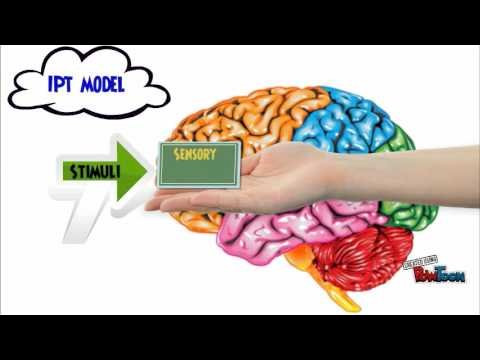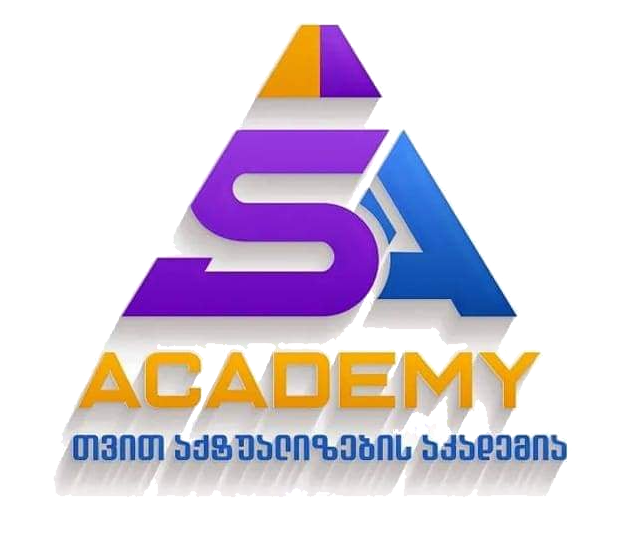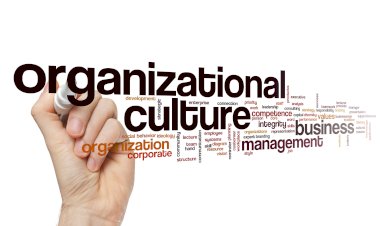Information Processing In Cognitive Psychology

Information Processing In Cognitive Psychology
Nana Aleksidze
2020
Educational psychology involves the study of how people learn; this branch of psychology involves not just the learning process but includes the social, emotional, and cognitive processes that are involved in learning throughout the entire lifespan.
Educational psychology is a fairly new and growing field of study. Though it can date back as early as the days of Plato and Aristotle, it was not identified as a specific practice.
The Cognitive psychology is interrelated to the educational psychology , cognitive psychology of the 1990s relates learning to information processing theory, with its visual and auditory memory, as well as short-term and long-term memory, all supporting each other. Tulving (1993) stated that memory is tightly linked with self-knowledge, self-involvement, and self-reflective consciousness. According to Mayer and Moreno (2003), Cognitive psychology in education maintains the effectiveness of meaningful learning which is considered to operate deep understanding of the learning material and content. While acquiring and constructing new knowledge, students go through several mental and perceptional processes. If they find the lesson meaningful and interesting, they pay attention to it. They begin organizing mentally the received information by creating comprehension and coherent mental structures and then they turn to integrate their perceptions and organized and structured information into the process of construction the new knowledge.
Teaching and learning, individual differences, assessment and development, problem solving, and transfer of learning was the beginning of educational psychology.
Plato saw knowledge as an innate ability, which evolves through experience and understanding of the world.
Aristotle observed the phenomenon of "association." His four laws of association included succession, contiguity, similarity, and contrast. His studies examined recall and facilitated learning processes.
John Locke followed by contrasting Plato's theory of innate learning processes. He introduced the term "tabula rasa" meaning "blank slate." Locke explained that learning was primarily understood through experience only, and we were all born without knowledge. Locke introduced this idea as "empiricism," or the understanding that knowledge is only built on learning and experience.
The field of educational psychology incorporates a number of other disciplines, behavioral psychology developmental psychology and cognitive psychology.
- The behavioral perspective suggests that all behaviors are learned through conditioning.
- The developmental perspective focuses on how children acquire new skills and knowledge as they develop.
- The constructivist approach focuses on how children actively construct their knowledge of the world.
- Cognitive psychology focuses on understanding how people think, learn, remember, and process information.
Among current educational psychologists, the cognitive perspective is more widely held than the behavioral perspective, perhaps because it admits causally related mental constructs such as traits, beliefs, memories, motivations and emotions.
Cognitive theories claim that memory structures determine how information is perceived, processed, stored, retrieved and forgotten.
The definition of information processing is the sciences concerned with gathering, manipulating, storing, retrieving, and classifying recorded information. It suggests that for information to be firmly implanted in memory, it must pass through three stages of mental processing.
Stage Model of Information Processing
One of the major issues in cognitive psychology is the study of memory. The dominant view is labeled the "stage theory" and is based on the work of Atkinson and Shiffrin (1968).
- Sensory memory -(STSS) is affiliated with the transduction of energy (change from one energy from to another). . In the process of transduction, a memory is created. This memory is very short (less than 1/2 second for vision; about 3 seconds for hearing).
- First, individuals are more likely to pay attention to a stimulus if it has an interesting feature
- Second, individuals are more likely to pay attention if the stimulus activates a known pattern.
- Short-term memory (STM) called working memory and relates to what we are thinking about at any given moment in time. Because of the variability in how much individuals can work with (for some it may be three, for others seven) it is necessary to point out important information.
There are two major concepts for retaining information in STM: organization and repetition. There are four major types of organization that are most often used in instructional design:
- Component (part/whole)--classification by category or concept (e.g., the components of the teaching and learning model.
- Sequential -- chronological; cause/effect; building to climax (e.g., baking a cake reporting on a research study);
- Relevance -- central unifying idea or criteria (e.g., most important principles of learning for boys and girls appropriate management strategies for middle school and high school students);
- Transitional (connective) -- relational words or phrases used to indicate qualitative change over time (e.g., stages in Piaget's theory of cognitive development or Erikson's stages of socioemotional development)
A related issue to organization is the concept of chunking or grouping pieces of data into units.
- Long-term memory (LTM) is also called preconscious and unconscious memory in Freudian terms. Preconscious means that the information is relatively easily recalled (although it may take several minutes or even hours) while unconscious refers to data that is not available during normal consciousness.
There are several examples of elaboration that are commonly used in the teaching/learning process:
- imaging--creating a mental picture;
- metod of loci---(locations)--ideas or things to be remembered are connected to objects located in a familiar location;
- Peg word--method (number, rhyming schemes)--ideas or things to be remembered are connected to specific words (e.g., one-bun, two-shoe, three-tree, etc.)
- Rhymig---(songs, phrases)--information to be remembered is arranged in a rhyme
- Initial letter --the first letter of each word in a list is used to make a sentence

Cognitive development theory:
Another approach to viewing the ways in which information is processed in humans was suggested by Jean Piaget in what is called the Piaget's Cognitive Development Theory.
Piaget developed his model based on development and growth. He identified four different stages between different age brackets characterized by the type of information and by a distinctive thought process.
The four stages are:
- The sensor motor (from birth to 2 years)- During the sensor motor stage, newborns and toddlers rely on their senses for information processing to which they respond with reflexes.
- Preoperational (2–6 years) - In the preoperational stage, children learn through imitation and remain unable to take other people's point of view.
- concrete operational (6–11 years)- The concrete operational stage is characterized by the developing ability to use logic and to consider multiple factors to solve a problem
- formal operational periods (11 years and older)- The last stage is the formal operational, in which preadolescents and adolescents begin to understand abstract concepts and to develop the ability to create arguments and counter arguments
Jean Piaget's famous stages of cognitive development is the theory looking at
- How children grow intellectually
- Understanding how children think at different stages of development
- Knowing how children are capable of at each point of their growth.
At the very heart of cognitive psychology is the idea of information processing. Cognitive psychology compares the human mind to a computer, suggesting that we too are information processors and that it is possible and desirable to study the internal mental / meditational processes that lie between the stimuli (in our environment) and the response we make.
Within the field of cognitive psychology, information processing is an approach to the goal of understanding human thinking in relation to how they process the same kind of information as computers).
Cognitive psychology sees the individual as a processor of information, in much the same way that a computer takes in information and follows a program to produce an output. Information processing as a model for human thinking and learning. ). The approach treats cognition as essentially computational in nature, with mind being the software and the brain being the hardware.


Information processing models consist of a series of stages:
* Input processes are concerned with the analysis of the stimuli.
* Storage processes cover everything that happens to stimuli internally in the brain and can include coding and manipulation of the stimuli.
* Output processes are responsible for preparing an appropriate response to a stimulus.
The Triarchic theory of intelligence was formulated by Robert J. Sternberg a prominent figure in the research of human intelligence and is one of the models that describe the way in which we process the information.
Sternberg's definition of human intelligence is mental activity directed toward purposive adaptation to, selection and shaping of, real-world environments relevant to one's life.
Sternberg's theory of intelligence is made up of three different components: creative, analytical, and practical abilities:
- Creativeness is the ability to have new original ideas
- Being analytical can help a person decide whether the idea is a good one or not.
- Practical abilities are used to implement the ideas and persuade others of their value
In Sternberg's theory information processing is made up of three different parts:
- Meta-components- are used for planning and evaluating problems. E.g. First you have to decide what you want to draw, and then plan and sketch it out.
- Performance components follow the orders of the meta-components. E.g. During this process you would be monitoring how it is going, and if it is what you really wanted to accomplish
- Knowledge-acquisition components learn how to solve the problems. E.g. be learning how to draw what you want to draw.
These processes move from higher-order executive functions to lower order functions.
Criticize:
- Psychologist Linda Gottfredson criticizes the unempirical nature of Triarchic theory and argues that
- It is absurd to assert that traditional Intelligence tests are not measuring practical intelligence. What Sternberg calls practical intelligence is not a broad aspect of cognition at all but simply a specific set of skills people learn to cope with a specific environment.
Here we can conclude that cognitive abilities vary according to our development and stages in life. It is at the adult stage that we are better able to be better planners, process and comprehend abstract concepts, and evaluate risks and benefits more aptly than an adolescent or child would be able to. Neisser (1967 / 2014) put together the findings of psychology dealing with information processing (perception, attention, memory (memorization, recollection and forgetting), knowledge, thinking, problem solving,language, and behaviour) by humans (Behaviorists mainly studied animals), thus starting the so-called cognitive revolution. He turned numerous separate discoveries of psychology into a holistic system. He, for example, integrated into Cognitive science Barlette’s (1932) view on constructive processing which was based on a person’s set of schemas. This makes cognitive psychology closely related to student-centered pedagogy, as it revealed that getting new knowledge depends on the knowledge that a particular student already has. Neisser (1967 / 2014, p. 288-289) sums up that the primary processes involve information processing (the information stores in humans’ minds are based on previous constructive actions), while secondary processes involve experiences (recollection of what is known to the person and applying that knowledge).The thoughts / ideas are formed from the stored information based on experiences that a person has had.








